
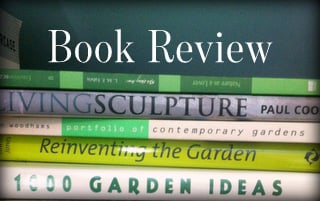
Contributor
- Topics: Archive
 Following my first attempt at bonsai (rest in peace little cotoneaster—I was young and eager!) I decided to read some books and educate myself. More senseless carnage followed in later years, but I can safely say that, a few of my old friends survive to this day. My style has always been more designed-landscape than what the traditional art calls for—I just can’t resist playing with moss, stones, and other natural elements to enhance a scene.
Following my first attempt at bonsai (rest in peace little cotoneaster—I was young and eager!) I decided to read some books and educate myself. More senseless carnage followed in later years, but I can safely say that, a few of my old friends survive to this day. My style has always been more designed-landscape than what the traditional art calls for—I just can’t resist playing with moss, stones, and other natural elements to enhance a scene.
Kenji Kobayashi can’t either. No traditionalist himself, in Keshiki Bonsai, Kobayashi dishes up a chic container garden cookbook that brings bonsai into our brave new world and stretches its definition by a good bit. No grand, chiseled pines or driftwood-y junipers—this is keshiki, which means “landscape” or “view,” the author’s modern interpretation of the ancient art of bonsai. The approach is minimalist but suggestive of more: a solitary mound of moss in a pot is a green hill; a curving ribbon of coarse sand dotted with small stones is a streambed. Trees are incidental or nonexistent and quite young. The appearance of age isn’t as important in keshiki as in classical bonsai.
The book contains detailed instructions for 37 projects. The plant list is interesting if at times challenging, but sure to expand your creative horizons. Kobayashi strongly favors round containers but you should feel free to make substitutions where desired. For instance, coarse sand needn’t come from Mount Fuji, unless you’re really hard core.
Keshiki Bonsai is a pretty book. Throughout its pages you’ll get to meet Kobayashi’s artistic friends, some of whose creations went into the finished projects depicted. Keshiki Bonsai will inspire plant people to be artists, and artists to play with plants, to the delight of both. Inspired by Kobayashi’s designs, I intend to have a lot of fun with this title.
Jay Williams, owner, Emerald City Gardens
Seattle, Washington
Share:
Social Media
Garden Futurist Podcast
Most Popular
Videos
Topics
Related Posts
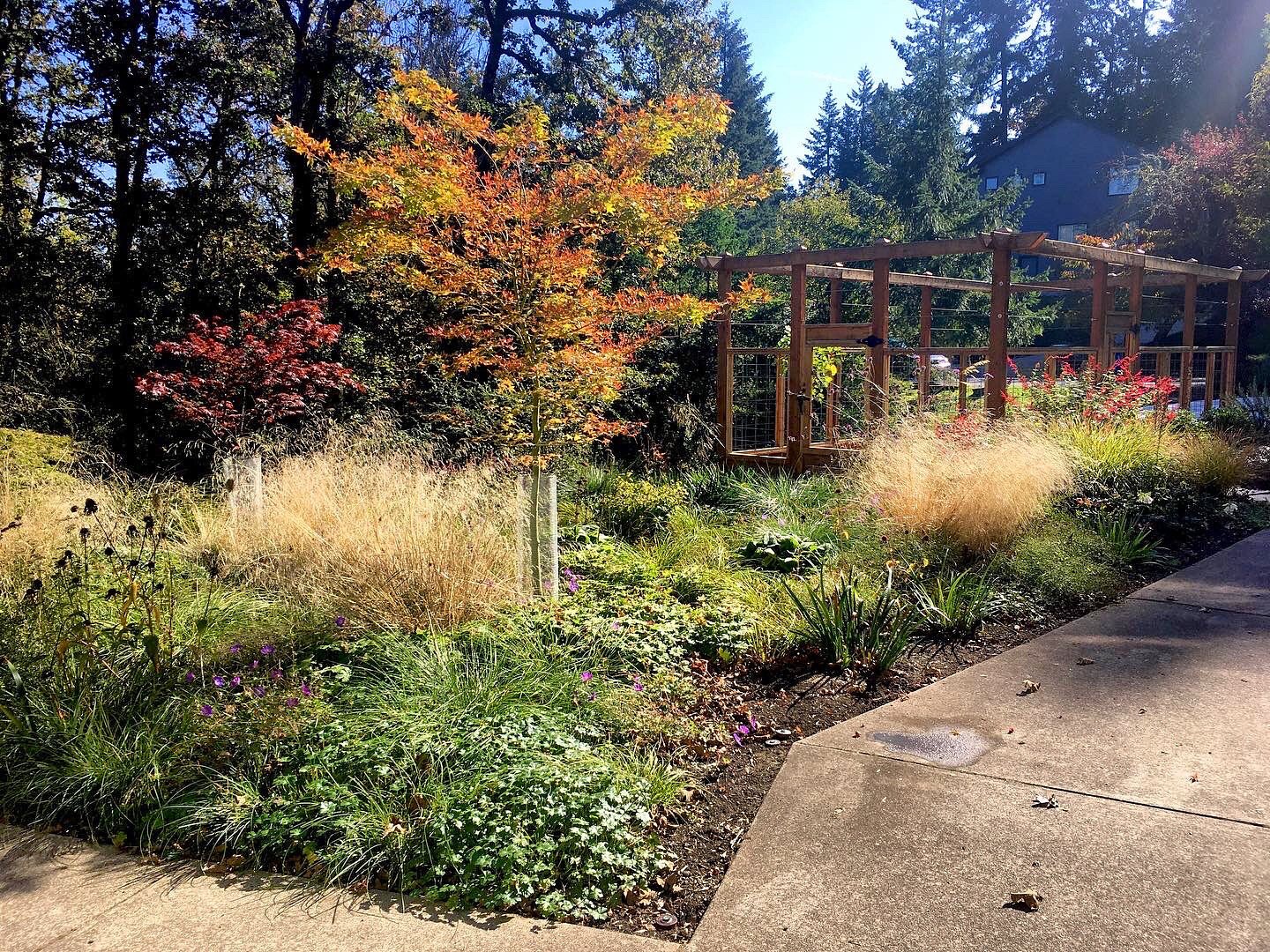
Low Maintenance Gardens – Better for Pollinators and People
Autumn 2022 “I come out every day. It’s therapy, my meditation.” Janet’s young garden transformed from overgrown, invasive plants to mostly natives. The dailiness of
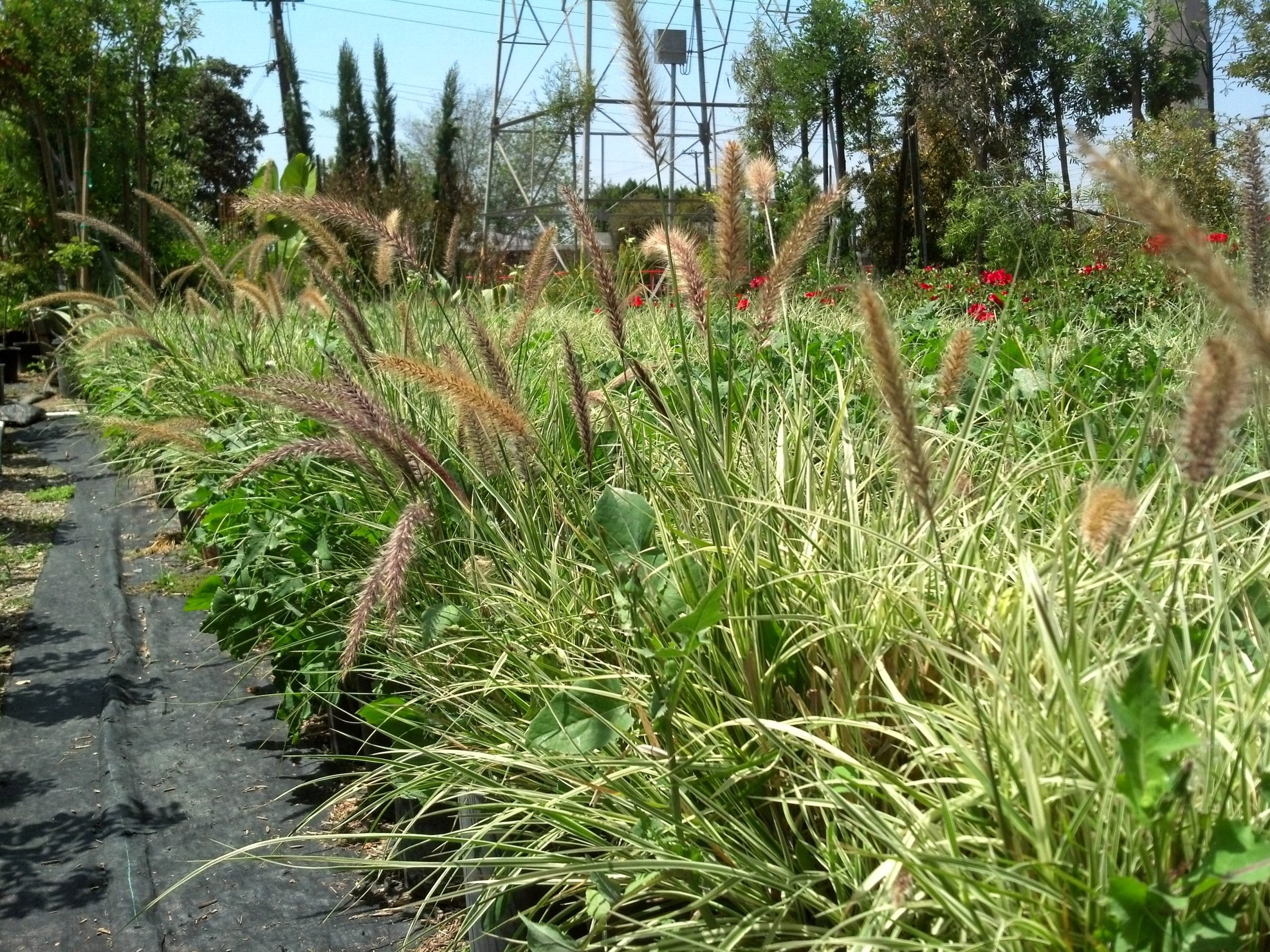
Invasive Plants Are Still Being Sold: Preventing Noxious Weeds in Your Landscape
Autumn 2022 With so many beautiful ornamental plant species and cultivars throughout California and the Pacific Northwest, how do you decide which ones to include
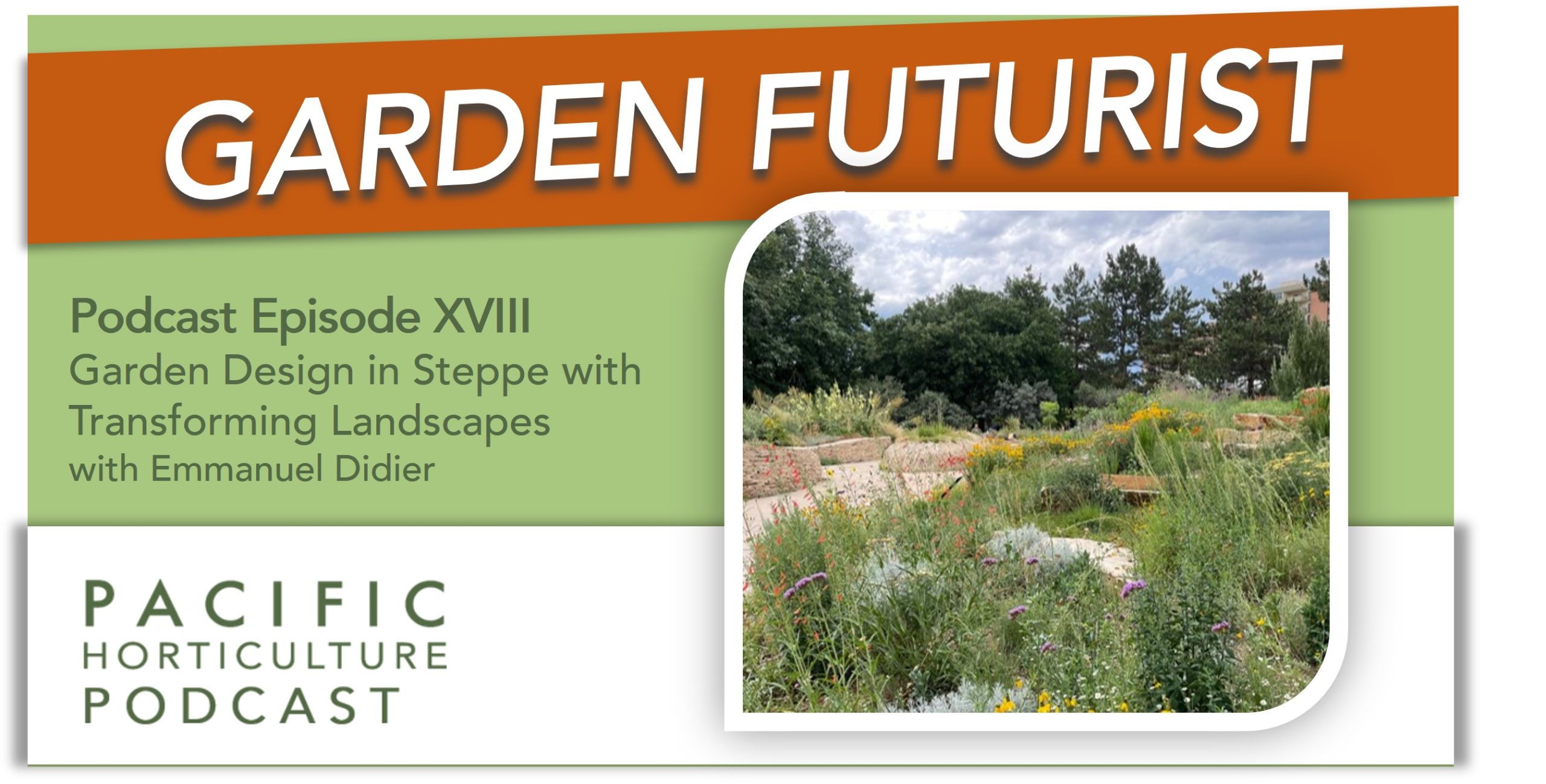
Garden Design in Steppe with Transforming Landscapes with Garden Futurist Emmanuel Didier
Summer 2022 Listen to full Garden Futurist: Episode XVII podcast here. Emmanuel Didier, Principal and Creative Director at Didier Design Studio is a leading figure
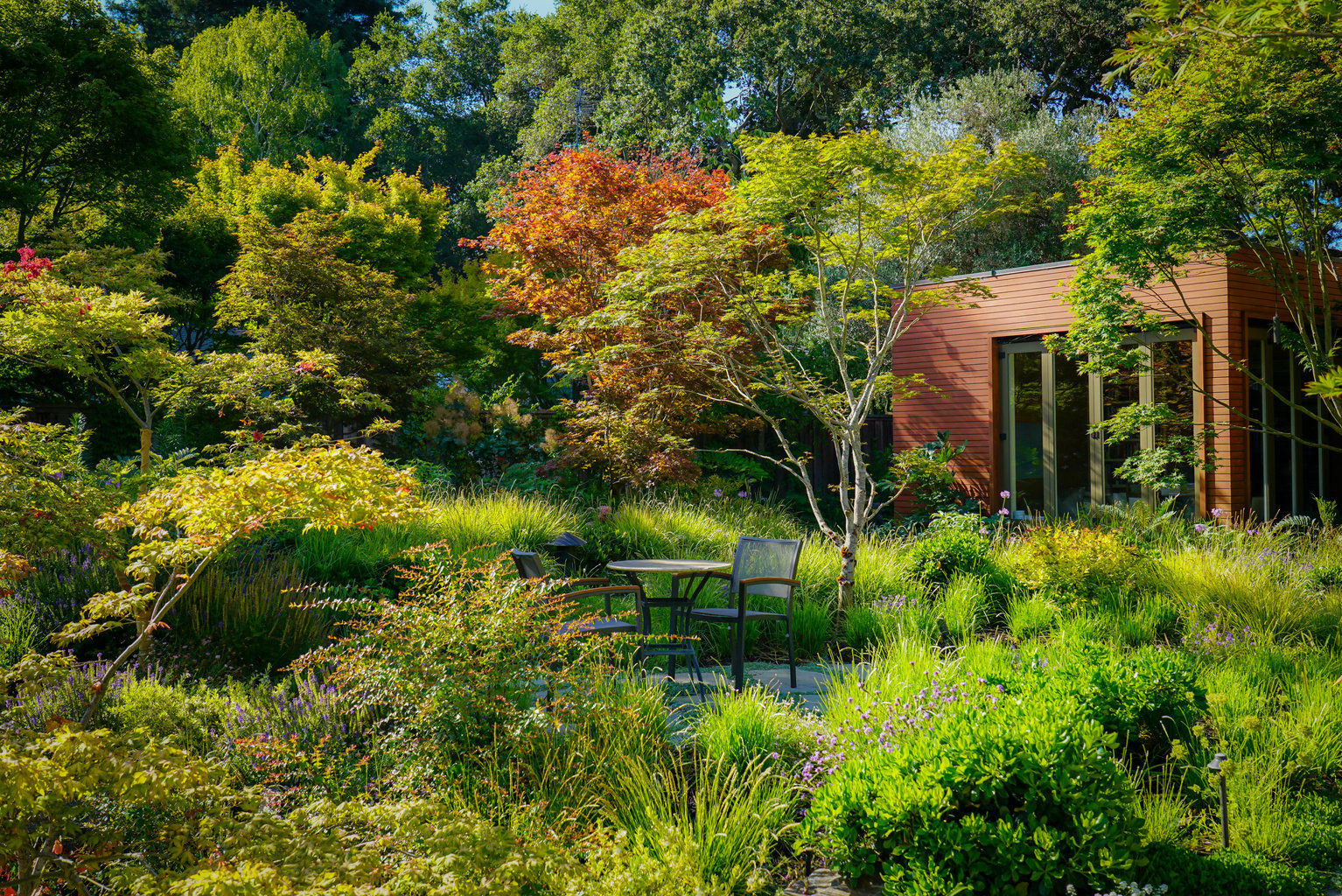
Seslerias: Versatile Groundcover Meadow Grasses
Summer 2022 Without question, the most beautiful and versatile of all the groundcover meadow grasses are the moor grasses (Sesleria). Moor grasses tick off all




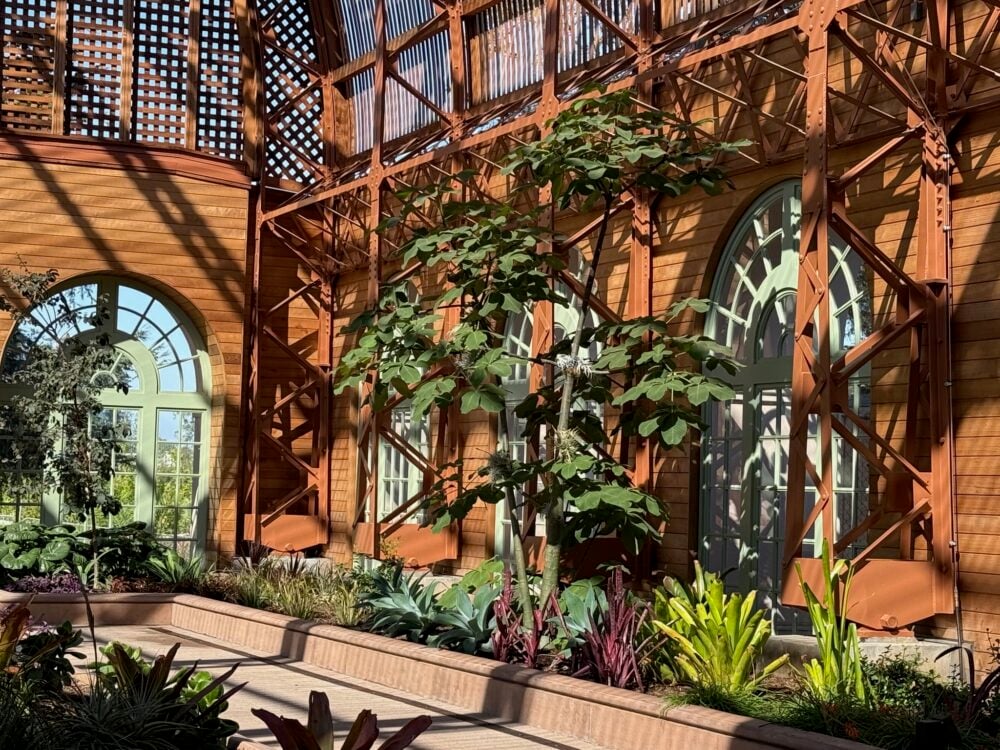



Responses